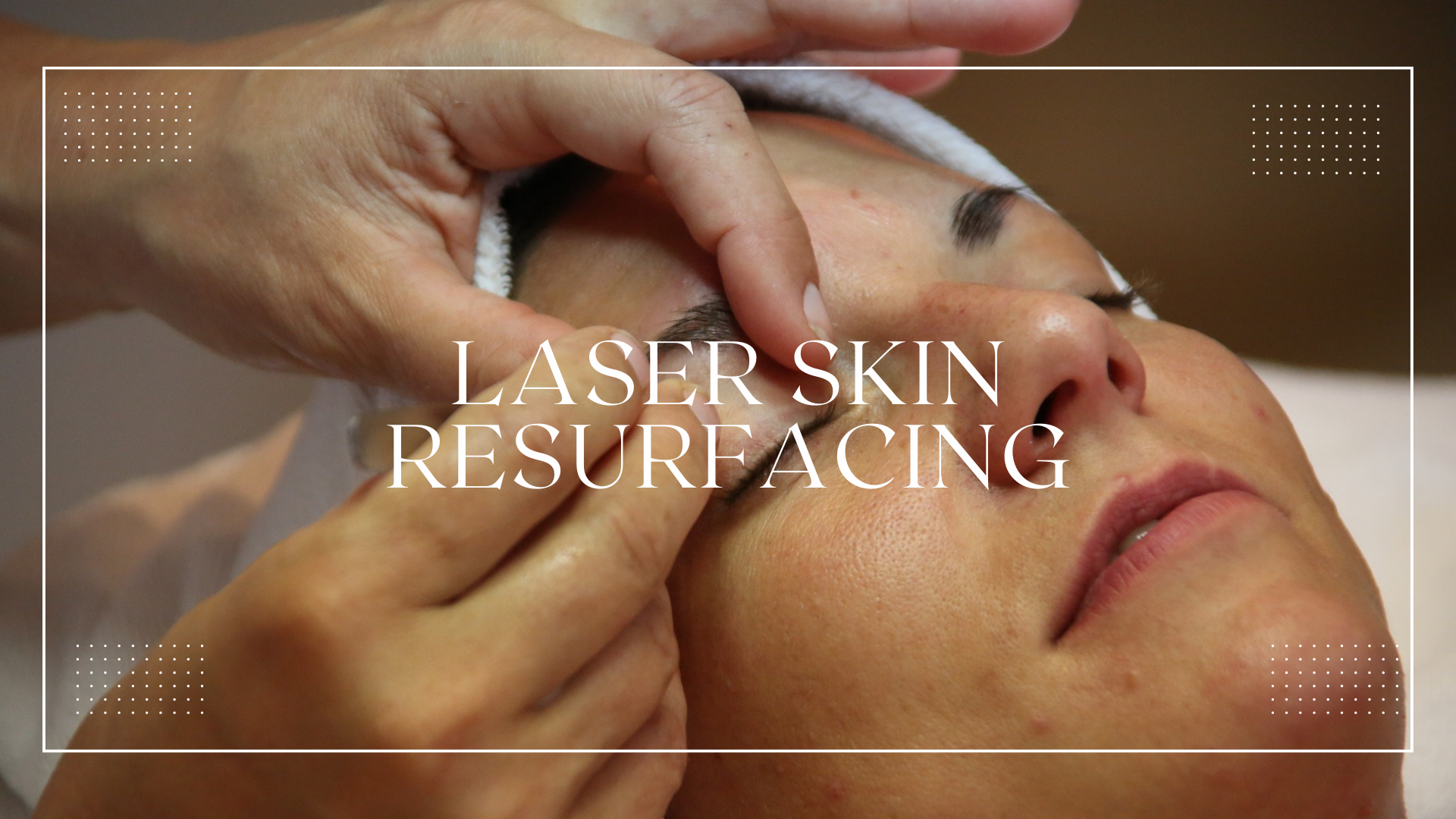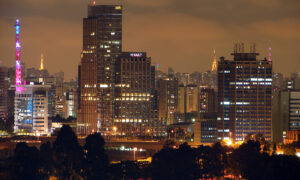Do you have blotchy, scarred, wrinkled, or lined skin as a result of aging, acne, or sun exposure? If so, laser skin resurfacing may help you achieve a younger, healthier appearance.
Laser skin resurfacing removes skin cells layer by layer with great precision. The new skin cells that form during the healing process give the skin a tighter, smoother surface. The procedure can be done alone or in conjunction with other facial cosmetic surgeries.
Laser resurfacing employs lasers to tighten skin, eliminate benign (non-cancerous) and malignant lesions, lessen the appearance of wrinkles and scars, even out skin coloration (pigmentation), and minimise the appearance of wrinkles and scars.
Laser skin resurfacing is a popular technique that uses short, concentrated beams of light to remove skin very precisely, layer-by-layer. It works by vaporizing the outer layer of your skin – the epidermis – and heating the underlying layer, called the dermis. This stimulates the growth of new collagen fibers, resulting in new skin that is smoother and firmer. The procedure is also known by several other names, including lasabrasion, laser peel or laser vaporization.
There are two types of laser resurfacing: carbon dioxide (CO2) and erbium lasers. These lasers create an injury to your skin in the treatment area. The other type of laser resurfacing is called fractionated CO2 laser treatment. Fractionated CO2 laser resurfacing involves using the laser to drill numerous narrow columns of holes deep into the layers of your skin, with the surrounding skin remaining untreated and intact.
CO2 laser resurfacing : The dermis is reached via carbon dioxide laser beams that pass through the epidermis. It causes microscopic thermal damage spots that encourage the growth of new collagen and replenish the injured skin’s surface with fresh epidermal cells.
Fractional carbon dioxide lasers, which deliver good outcomes with fewer difficulties, have virtually supplanted conventional ablative carbon dioxide laser resurfacing.
Erbium laser resurfacing: If you’re looking for a treatment to help reduce the appearance of wrinkles, skin laxity, uneven pigmentation, acne scarring, or other types of scarring, laser resurfacing may be right for you. This treatment can be performed on the face, neck, chest, and hands and only requires one or two sessions to see significant results. A lighter resurfacing treatment known as ProFractional Laser Resurfacing may be used for the neck, chest, and hands – though more than one session will likely be necessary to achieve desired results.
What can you expect from laser skin resurfacing?
All types of laser resurfacing are often carried out as outpatient procedures under local anaesthetic and sedative drugs that are either taken orally or given intravenously. Individual
treatments for wrinkles around the mouth, forehead, or eyes are available, as is a full-face laser abrasion.The following is what to expect during and after resurfacing:
A local anaesthetic is used to numb the areas of the face that need treatment. When treating the entire face, general anaesthesia may be employed. The full-face procedure takes one and a half to two hours, while a partial-face laser abrasion takes 30 to 45 minutes.
Your face or the region to be treated will be scrubbed thoroughly.
A nonstick covering is applied to the treatment sites and should be kept on for 24 hours after laser resurfacing. The areas you treated will need to be cleaned 2-5 times a day with saline or a weak vinegar solution.The next step is to apply an ointment like Vaseline or a moisturising cream like Eucerin or Aquaphor. Utilising creams or ointments has the goal of preventing the development of any scabs.
Between five to 21 days is the average amount of time it takes for the skin to heal after a laser treatment. The affected areas are typically pink or red following the procedure, but makeup can be used to cover up the colour once the skin has healed. Green-based cosmetics are very effective for camouflaging since they help to cancel out the redness in your skin tone. Once you have had laser resurfacing, it is best to use oil-free makeup. The redness at the laser-treated locations often fades away within two to three months, but it might take up to six months to a year for it to disappear completely. Red or blonde hair typically has a longer lifespan of color retention.
If you have a darker skin tone, you have an increased risk of developing darker pigmentation (hyperpigmentation) during the healing process. A bleaching agent may be used after laser skin resurfacing to help lighten your skin color. Your doctor will consult with you to determine if this is a necessary treatment for you. The expert consultants and skin specialists in Qatar have made a name for themselves because of their skills and experience, both in Qatar and around the world.
Benefits of Laser Skin Resurfacing
Laser skin resurfacing is a quick and easy way to improve the look of your skin. The recovery process is usually pretty short, taking only 3-10 days depending on the size and depth of the laser treatment. With ablative laser resurfacing, you may need up to three weeks to recover, but with the non-ablative technique used at Nease Cosmetic Surgery, you should only expect minimal downtime and a quick recovery. Your skin may be red and sensitive for the first few days following treatment, but this typically resolves on its own by scabbing over.
Laser Skin Resurfacing Promotes the Production of Collagen. One of the main advantages of laser skin resurfacing is that it stimulates the body’s own collagen creation, which results in long-lasting effects that get better with time. The protein collagen gives our skin volume and suppleness, giving it a healthy and youthful appearance. Say good-bye to your fine lines and wrinkles and hello to a face full of smooth collagen with laser skin resurfacing.
Laser skin resurfacing is one of the most effective methods for improving uneven skin tone and texture. If you have uneven skin texture, you know how difficult it can be to find a treatment that works. But with laser resurfacing, we can remove the outermost layers of skin, creating a smooth and even surface. This results in a noticeable improvement in the appearance of uneven texture.
The fact that laser skin resurfacing can be performed in a group setting is its finest feature. In fact, we advise combining laser skin resurfacing with your other preferred skin rejuvenation techniques, such as a facelift or brow lift. Your age-defying results can only be enhanced and maintained by combining laser skin resurfacing with your cosmetic operations.
Conclusion : Looking good is an important part of life. Skin treatments can help you look better, feel better and even get more attention from people. It’s important to do your research and read some reviews before deciding which skin treatment is right for you. You can find some of the best skin treatments at premium hospitals in Qatar.















































